9 Common Sump Pump Problems & How To Solve Them
When it happens, basement flooding can prove to be a massive problem.
Investing in a sump pump is a good way to deal with basement water levels.
However, over time the sump pump might also end up developing a number of problems.
Sump pump owners will be all too aware that they can develop several problems, especially if they are overworked.
Below we outline the 9 most common sump pump problems, and how to prevent them from reoccurring.
Article Chapters
Why Sump Pumps Fail
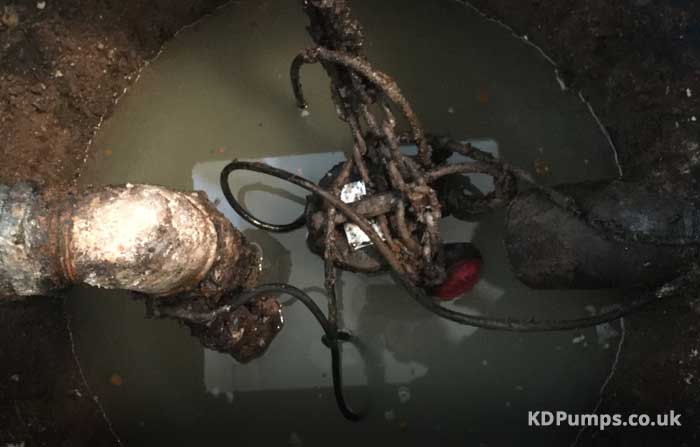
Sump pumps are installed in your basement and more often than not, are fitted into a bored circular trench, usually referred to as a pit.
In case of a flood, the pit will start to fill up, and consequently the sump pump will automatically kick into gear and start operating.
It will begin by extracting the water out of the pit and directing it to an extraction pipeline which runs to external drainage, a well or soakaway.
The plumbing system will include a one-way valve which prevents any water extracted from reentering your home.
There may be a series of reasons why a sump pump might fail.
Most sump pumps switch themselves on automatically by means of a float activator or a pressure sensor.
The former consists of a ball that floats on the surface of the water, and it will activate as soon as the water reaches a certain level.
A pressure sensor on the other hand, will prompt the sump pump to start working when the density of the water reaches a point where pressure has been raised to level where flooding may begin.
Either of these two can fail and in such circumstances, the sump pump will not operate as normal.
At the end of the day, this is a system with various component parts and they all need to work together to ensure the sump runs efficiently.
There are however, several other factors that can cause sump pump failure.
Let us dive into more detail below.
Reasons Sump Pumps Fail
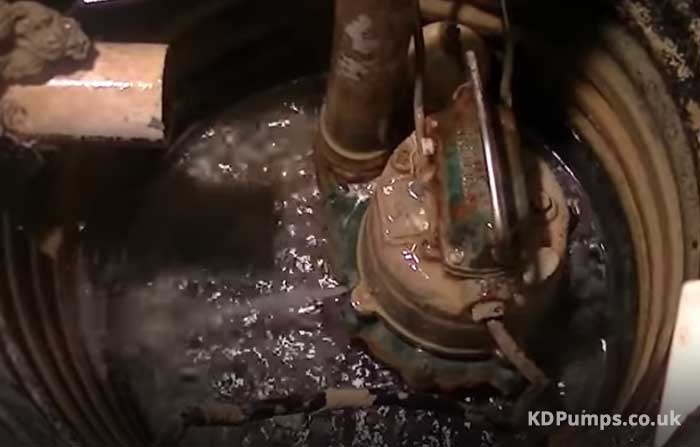
1. Wrong Size Pump
It is a common problem to have a sump pump of an inappropriate size.
Unfortunately, an incorrectly sized sump pump will not be able to do its job well effectively and will inevitably fail.
In cases where you may have fitted a sump pump that’s too large, the pump will be forced to work too hard, and as a result its lifespan will suffer.
On the other hand, if the sump pump is too small it will not manage to pump out water efficiently.
This will also end up affecting its lifespan negatively and it is common for the pump motors to burn out.
So it’s vitally important that you have an appropriate sump pump installed professionally, which is a suitable size in relation to the surface area of your basement and typical flooding levels reached.
2. Pump Burnout
The sump pump might be overwhelmed with too much water.
In these cases, it’s motors may not be powerful enough to handle the flooding levels.
That is why a good quality sump with appropriate capacity is critical when installing a sump pump.
3. Incorrect Installation
As with any piece of machinery that you rely on, it’s crucial to ensure that the installation is carried out correctly.
If you’re going to install the pump yourself, make sure to follow the manufacturer’s instructions to the letter.
Most manufacturers recommend the following:
- that a check valve is installed on the discharge line
- that a small air relief hole is drilled in the discharge line, in the space between the pump and the check valve
- the discharge valve should be of a suitable diameter
The sump pump should never be placed in dirt or gravel, as this will lead to a build up of debris which will dramatically affect the sumps operation.
Dirt and debris will easily interfere with the functioning of the pump, particularly the float arm or the on/off switch.
In case you are not sure how to go about installing a sump pump, always speak to a qualified professional sump pump installer for help and advise.
4. Clogged Pumps
It’s not uncommon for the intake to the pump to become clogged.
Understandably, this will prevent the pump from extracting water from the pit or the sump liner.
5. Dislodged Switches
Switch problems are often leading causes of sump pump problems.
When the pump shifts from its position in the basin, the float will be ineffective.
Since the float is responsible for the proper operation of the on/off switch, the pump will not operate.
It’s important to bear in mind that sump pumps rely on both the switch and the float arm to operate effectively.
Hence, it’s important to check for any dislodged switches.
6. Frozen or Blocked Drainage Pipes
For the sump pump to operate properly, the water will need to be directed through the discharge line, away from your property.
While the pump might be functioning well, there could be problems with the pipes through which the water needs to extract.
Discharge lines should thus be checked from time to time to ensure there is no clogging or blockages.
It’s quite common for pipes to have dirt and other debris within them.
Make sure that the exit point is protected in some way to prevent rocks, twigs, leaves, soil, or even small animals such as rodents from entering the system.
Another related problem is freezing pipes, which will obstruct the proper flow of water through them.
Pipe insulation should be a suitable solution to this problem.
Grated covers could also be a good preventative measure for both problems.
7. Power Failure
Power cuts are the most common cause for sump pump failure.
An electrical power outage will basically mean that the sump pump cannot operate unless there is a backup generator to fire up in such events.
Power failures are common during storms, and so it’s important to invest in a backup generator.
It’s also worth mentioning that sump pumps could be affected by power surges.
These could cause damage to the sump pump components such as onboard circuits and electrical parts.
It’s a good idea to protect the entire electrical system in your home from power surges by investing in a service entrance surge protection device.
8. Defective Parts
As with any kind of mechanical device, defective parts are also a distinct possibility simply due to wear and tear.
Thus, it’s important to test the pump when it’s installed to ensure that it is able to operate effectively.
9. Lack of Maintenance
Sump pumps are not your typical “set and forget” type of device.
So maintenance is always important.
Prevention is better than cure, and maintenance can help you save money and get peace of mind.
As a general rule of thumb, you should perform maintenance on your sump pump at least once a year.
But ideally, try to stick to a quarterly maintenance schedule by having a professional sump pump service carried out by a professional.
As the property owner, it won’t take you that long to follow the following basic everyday maintenance yourself, such as:
- Applying a vinegar solution through the sump pump to clean it from any debris and prevent clogs.
- Check the float switch to make sure that it is not restricted in any way.
- Clean up all the air holes and vents.
- Listen for any unusual noises.
- Have the battery on the back-up replaced every two to three years.
Solutions
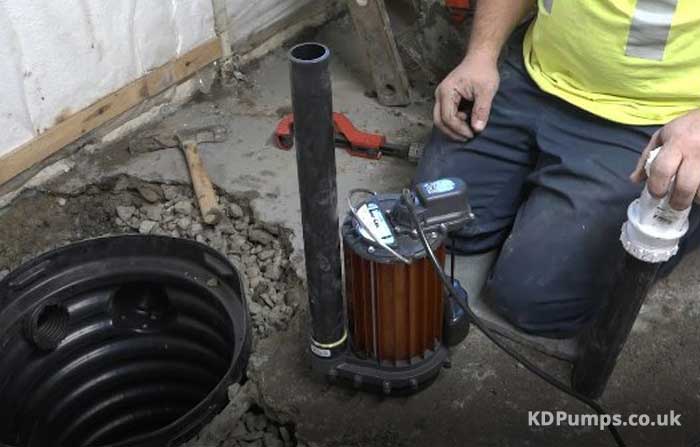
In case you notice any problems with your sump pump, it’s important to take action immediately.
Don’t delay as you never know when a flood could occur.
Needless to say, a flood could lead to extensive damages and costly repairs.
So it’s far better to have a properly operating sump pump to prevent this from happening.
Despite the fact that you may have tried to carry out regular maintenance on your sump pump, the following are some things you should bear in mind in case you notice anything irregular such as strange noises, slow flowing water, and switching problems,
Book a Sump Pump Service
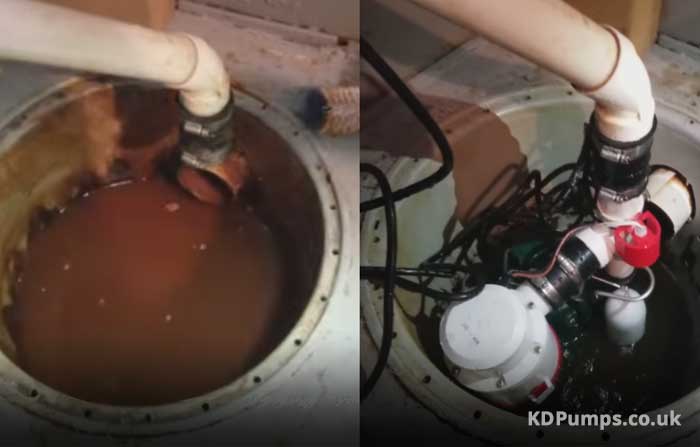
From time to time it’s extremely wise to have your sump pump serviced by a professional.
Even though you might be willing to carry out preventive maintenance tasks regularly, there may be instances or faults which will need to be tackled by an expert.
In case there is anything that is worrying you, it’s better to take action immediately and contact a professional rather than allow for a flood to occur.
While you may think that everything is working properly, a sump pump service carried out by a professional is a good rule of thumb every 1-2 years to make sure that everything is working properly.
Replace Faulty Parts
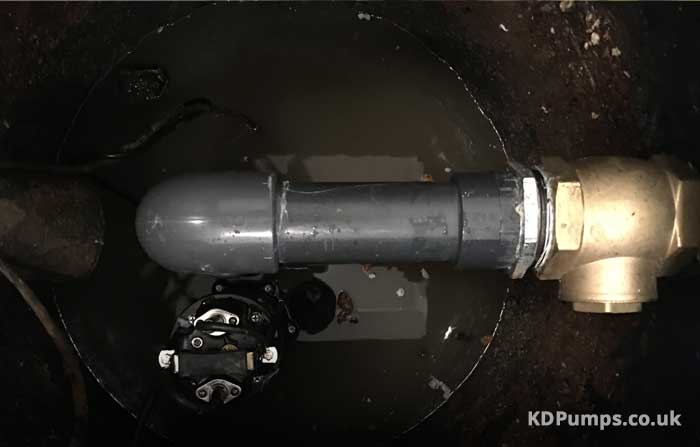
A professional sump pump contractor should be called in to replace any faulty parts.
As noted earlier, sump pumps operate in a way that relies on numerous parts to operate efficiently.
Any parts failure, and it could be catastrophic!
Hence you need to ensure that each and every part is doing its job properly, otherwise the entire system will fail.
Replace Sump Pump System
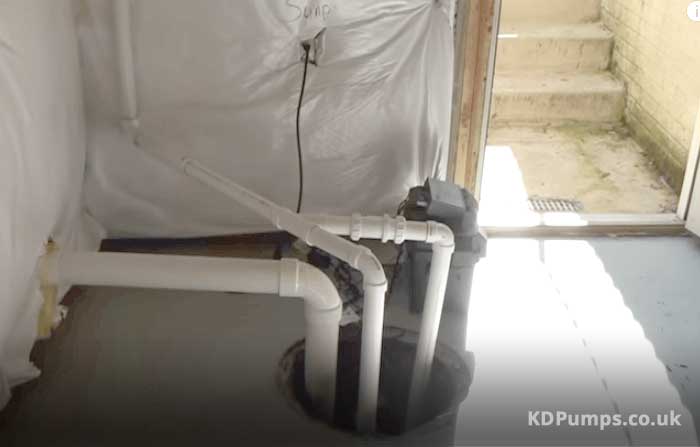
If you are not sure that the sump pump is in good working condition, or in case you are suspecting major faults, consult a sump pump specialist.
While repairs may be carried out in order to get your sump pump back on its feet, there may be times when you would be better off just replacing the entire system.
Maintenance carried out on a regular basis should help to put off the purchase of a replacement sump pump for many years.
However as with any other mechanical system, it will still be necessary to invest in a replacement after a number of years of loyal service.
Conclusion
Having a properly functioning and well maintained sump pump is very important, especially in premises that are prone to flooding and high ground water levels.
Otherwise, you might end up with flooding problems since the sump pump might not be able to operate efficiently or do its job properly.
By outlining the above common sump pump problems we should have given you a good idea of what you can expect, how to diagnose typical sump pump problems and what to do in the event of a failure.
Of course, if you’re not someone who is confident with machinery or tools, then the best advice is to contact a sump pump engineer who will be able to solve all your problems.

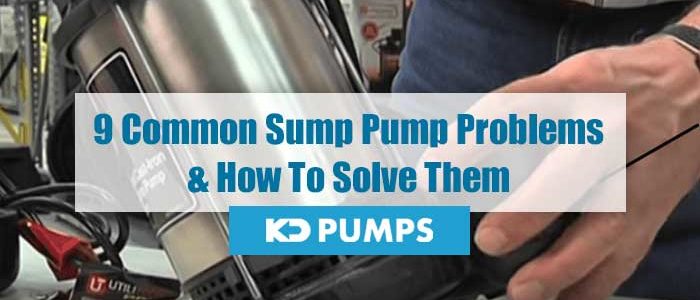
Comments are closed.